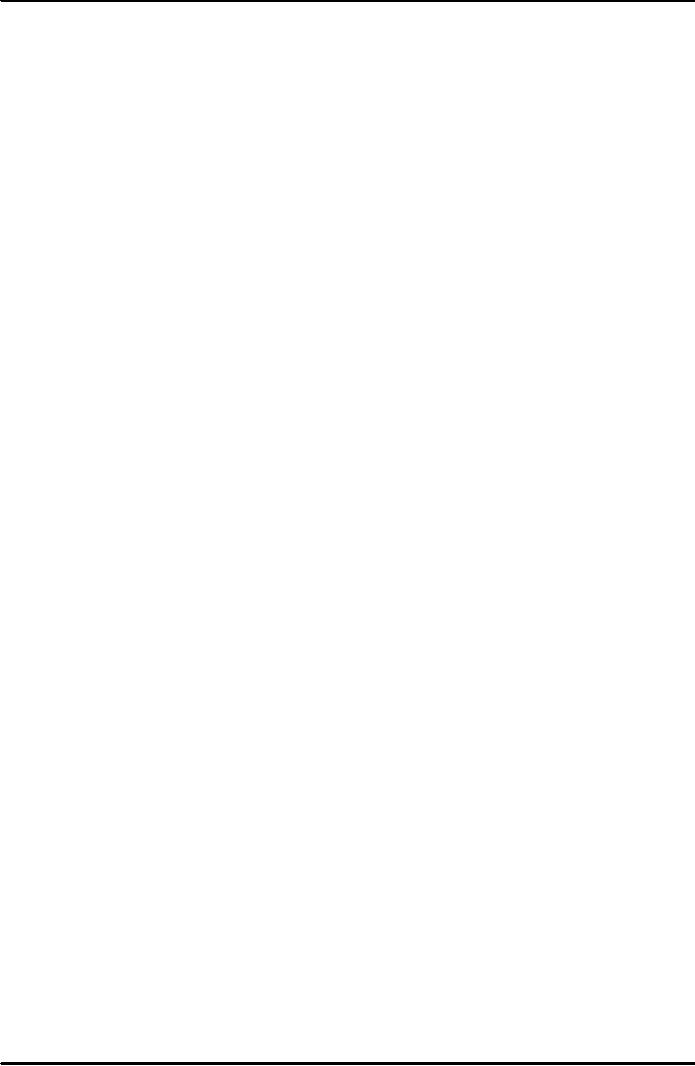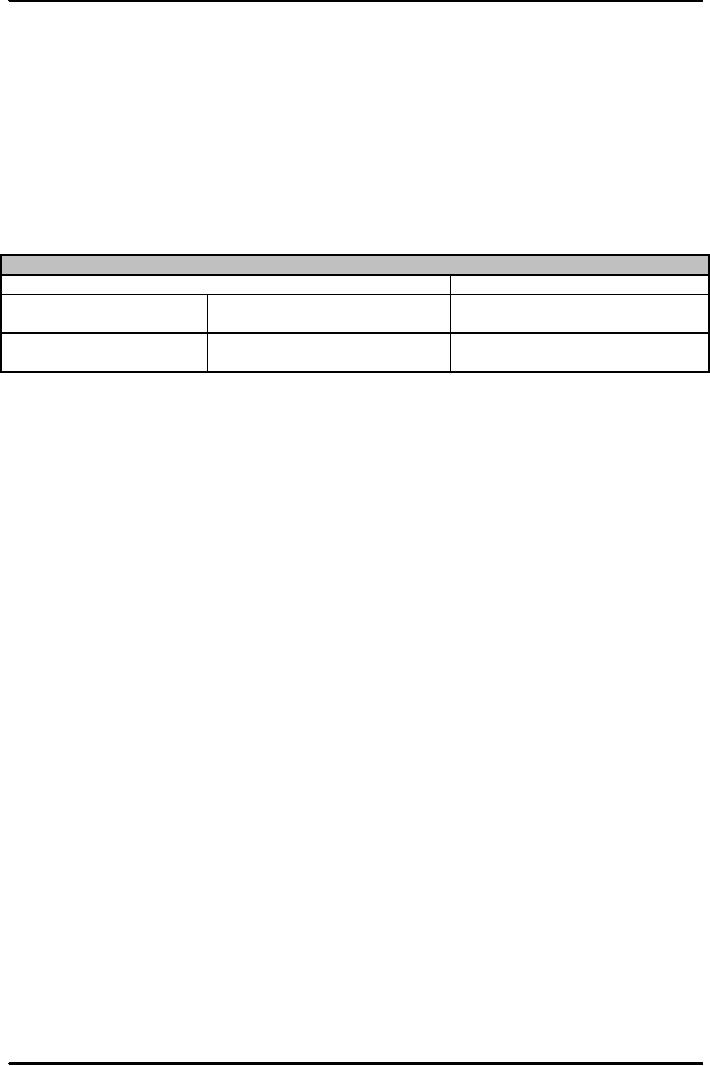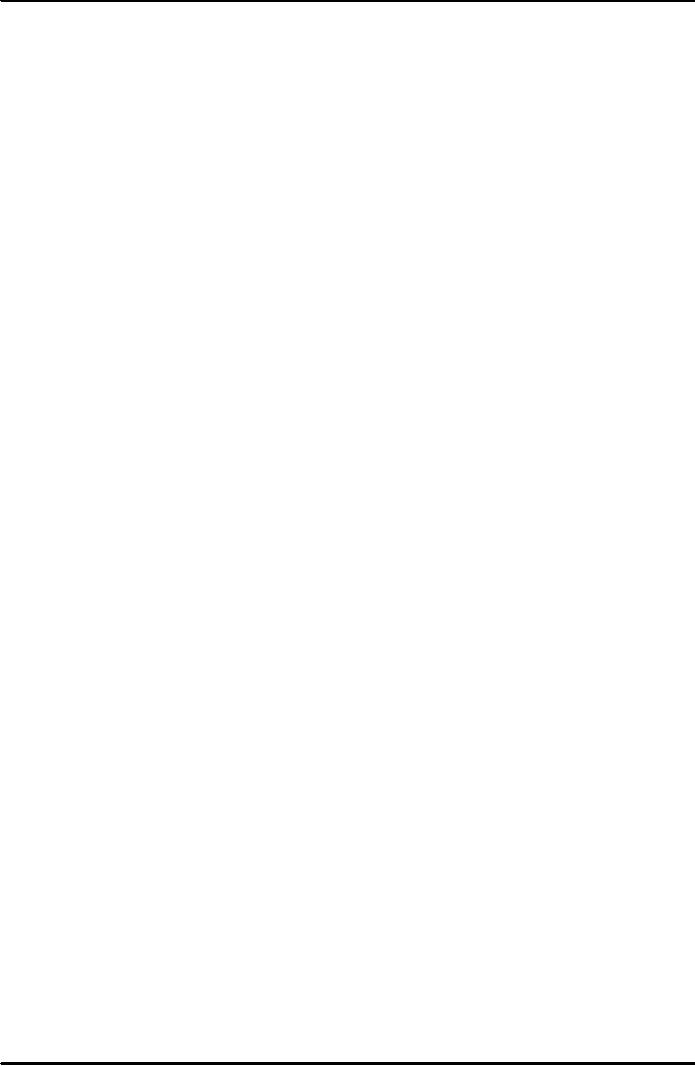 |
MEETING THE CHALLENGE: CREATING A SUCCESSFUL CENTRAL BANK |
| << LOW, STABLE INFLATION:High, Stable Real Growth |
| THE MONETARY BASE:Changing the Size and Composition of the Balance Sheet >> |

Money
& Banking MGT411
VU
Lesson
32
MEETING
THE CHALLENGE: CREATING A
SUCCESSFUL CENTRAL
BANK
The
boom in the past decade with
its associated decrease in
volatility may have
happened
because
technology sparked a boom
just as central banks became
better at their jobs.
Policymakers
realized that sustainable growth had gone
up, so interest rates could be
kept low
without
worrying about inflation,
and central banks were
redesigned.
Today
there is a clear consensus about the best
way to design a central bank and
what to tell
policymakers
to do.
A
central bank must be
Independent
of political pressure,
Accountable
to the public,
Transparent
in its policy actions,
Clear
in its communications with financial
markets and the public.
In
addition, there is general
agreement
That
policy decisions are better
made by committee than by
individuals,
That
everyone is well served when
policymakers operate within an explicit
framework that
clearly
states their goals and the tradeoffs
among them.
The
need for
independence
The
idea that central banks
should be independent of political
pressure is a new one,
because
central
banks originated as the governments'
banks.
Independence
has two components:
Monetary
policymakers must be free to
control their own
budgets
The
bank's policies must not be
reversible by people outside the
central bank.
Successful
monetary policy requires a long
time horizon, which is inconsistent
with the need of
politicians
to focus on short-term goals.
Given
a choice, most politicians will
choose monetary policies
that are too
accommodative,
keeping
interest rates low and money
growth rates high.
While
this raises output and
employment in the near term it
may result in inflation over
the
longer
term.
To
insulate policymakers from the
daily pressures faced by politicians,
governments have given
central
banks control of their own
budgets, authority to make irreversible
decisions, and
appointed
them to long terms.
Decision-Making
by Committee
In
the course of normal operations, it is
better to rely on a committee than on an
individual.
Pooling
the knowledge, experience, and opinions of a
group of people reduces the
risk that
policy
will be dictated by an individual's
quirks, not to mention that
in a democracy, vesting so
much
power in one individual poses a
legitimacy problem.
The
Need for Accountability and
Transparency
Central
bank independence is inconsistent with representative
democracy.
To
solve this problem,
politicians have established a set of goals and
require the policymakers
to
report their progress in
pursuing these goals.
Explicit
goals foster accountability and
disclosure requirements create transparency.
The
institutional means for
assuring accountability and transparency
differ from one country
to
the
next;
In
some cases the government
sets an explicit numerical
target for inflation, while
in others the
central
bank defines the
target.
Similar
differences exist in the timing and
content of information made public by
central banks.
98

Money
& Banking MGT411
VU
Figure:
Inflation and Central Bank
Independence 1973-1988
9
Spain
8
United
Kingdom
�
�
Denmark
7
�Italy
�
�
�
6
New
Zealand
Australia
�
5
France/Norway
�
United
States
4
Japan
�
Canada
Switzerland
Belgium
3
�Netherlands
�
Germany
�
�
2
0.5
1.0
1.5
2.0
2.5
3.0
3.5
4.0
4.5
Index
of Central Bank
Independence
Today
it is understood that secrecy damages
both the policymakers and the economies
they are
trying
to manage, and that policymakers
need to be as clear as possible about
what they are
trying
to achieve and how they are
going to achieve it.
The
Policy Framework, Policy
Trade-offs, and
Credibility
The
monetary policy framework is
made up of the objectives of central
banks and the
requirements
that central banks be
independent, accountable, and good
communicators.
The
monetary policy framework exists to
resolve the ambiguities that
arise in the course of
the
central
bank's work and also
clarifies the likely
responses when goals are in
conflict with one
another.
Central
bankers face the tradeoff between
inflation and growth on a daily
basis.
Since
policy goals often conflict,
central bankers must make
their priorities
clear.
A
well-designed policy framework
also helps policymakers establish
credibility.
The
Principles of Central Bank
Design
To
keep inflation low, monetary decisions
must be made free of
political
Independence
influence
Decision
making by Pooling
the knowledge of a number of people
yields better decisions than
decision
making by an individual
committee
Accountability
and Policy
makers must be held accountable to the
public they serve and
clearly
communicate their objectives, decisions and
methods
transparency
Politicians
must clearly state their
policy goals and the tradeoffs
among
Policy
framework
them
Fitting
Everything Together:
Central
Banks and Fiscal Policy
The
central bank does not
control the government's budget;
fiscal policy (the decisions
about
taxes
and spending) is the responsibility of elected
officials
While
fiscal and monetary policymakers
share the same ultimate goal
of improving the well-
being
of the population, conflicts can
arise between the two.
Funding
needs create a natural
conflict between monetary and fiscal
policymakers.
99

Money
& Banking MGT411
VU
Fiscal
policymakers also tend to
ignore the long-term inflationary effects
of their actions.
Politicians
often turn to borrowing (instead of
taxes) as a way to finance
some portion of their
spending,
but a country can issue
only so much debt.
Inflation
is a real temptation to shortsighted
fiscal policymakers because it is a
way to get
money
in their hands and it's a
way for governments to default on a
portion of the debt
they
owe.
Responsible
fiscal policy is essential to the
success of monetary
policy.
The
Central Bank's Balance
Sheet
The
central bank engages in
numerous financial transactions, all of
which cause changes in
its
balance
sheet.
Central
banks publish their balance
sheets regularly. Publication is a
crucial part of transparency
Table:
The Central Bank's Balance
Sheet
Assets
Liabilities
Securities
Currency
Government's
bank
Foreign
exchange reserves
Government's
account
Loans
Accounts
of the commercial banks
Banker's
bank
(reserves)
Assets
The
central bank's balance sheet
shows three basic
assets:
Securities,
Foreign
exchange reserves,
Loans
Securities:
The
primary assets of most
central banks;
Independent
central banks determine the
quantity of securities that they
purchase
Foreign
Exchange Reserves:
The
central bank's and
government's balances of foreign currency
are held as bonds issued
by
foreign
governments.
These
reserves are used in foreign
exchange market interventions.
Loans
are
extended to commercial banks, and can fall
into two categories: discount loans
and
float
Discount
loans: the loans the central bank makes
when commercial banks need
short-term cash.
Float:
a byproduct of the central bank's
check-clearing business. The
central bank credits the
reserve
account of the bank receiving the check
before it debits the account of the bank
on
which
the check was drawn and
this creates float
Through
its holdings of Treasury securities the
central bank controls the
discount rate and the
availability
of money and credit.
Gold
reserves, while still an
asset of many central banks,
are virtually irrelevant
these days.
Liabilities
There
are three major
liabilities:
Currency,
The
government's deposit account,
The
deposit accounts of the commercial
banks.
The
first two items represent the
central bank in its role as
the government's bank, and the
third
shows
it as the bankers' bank.
Currency:
Nearly
all central banks have a
monopoly on the issuance of currency, and
currency accounts
for
over 90 percent of the central bank's
liabilities.
Government's
account:
100

Money
& Banking MGT411
VU
The
central bank provides the
government with an account
into which it deposits
funds
(primarily
tax revenues) and from
which it writes checks and
makes payments.
Reserves:
Commercial
bank reserves consist of
cash in the bank's own vault
and deposits at the
central
bank,
which function like the
commercial bank's checking
account.
Central
banks run their monetary
policy operations through changes in
banking system
reserves.
101
Table of Contents:
- TEXT AND REFERENCE MATERIAL & FIVE PARTS OF THE FINANCIAL SYSTEM
- FIVE CORE PRINCIPLES OF MONEY AND BANKING:Time has Value
- MONEY & THE PAYMENT SYSTEM:Distinctions among Money, Wealth, and Income
- OTHER FORMS OF PAYMENTS:Electronic Funds Transfer, E-money
- FINANCIAL INTERMEDIARIES:Indirect Finance, Financial and Economic Development
- FINANCIAL INSTRUMENTS & FINANCIAL MARKETS:Primarily Stores of Value
- FINANCIAL INSTITUTIONS:The structure of the financial industry
- TIME VALUE OF MONEY:Future Value, Present Value
- APPLICATION OF PRESENT VALUE CONCEPTS:Compound Annual Rates
- BOND PRICING & RISK:Valuing the Principal Payment, Risk
- MEASURING RISK:Variance, Standard Deviation, Value at Risk, Risk Aversion
- EVALUATING RISK:Deciding if a risk is worth taking, Sources of Risk
- BONDS & BONDS PRICING:Zero-Coupon Bonds, Fixed Payment Loans
- YIELD TO MATURIRY:Current Yield, Holding Period Returns
- SHIFTS IN EQUILIBRIUM IN THE BOND MARKET & RISK
- BONDS & SOURCES OF BOND RISK:Inflation Risk, Bond Ratings
- TAX EFFECT & TERM STRUCTURE OF INTEREST RATE:Expectations Hypothesis
- THE LIQUIDITY PREMIUM THEORY:Essential Characteristics of Common Stock
- VALUING STOCKS:Fundamental Value and the Dividend-Discount Model
- RISK AND VALUE OF STOCKS:The Theory of Efficient Markets
- ROLE OF FINANCIAL INTERMEDIARIES:Pooling Savings
- ROLE OF FINANCIAL INTERMEDIARIES (CONTINUED):Providing Liquidity
- BANKING:The Balance Sheet of Commercial Banks, Assets: Uses of Funds
- BALANCE SHEET OF COMMERCIAL BANKS:Bank Capital and Profitability
- BANK RISK:Liquidity Risk, Credit Risk, Interest-Rate Risk
- INTEREST RATE RISK:Trading Risk, Other Risks, The Globalization of Banking
- NON- DEPOSITORY INSTITUTIONS:Insurance Companies, Securities Firms
- SECURITIES FIRMS (Continued):Finance Companies, Banking Crisis
- THE GOVERNMENT SAFETY NET:Supervision and Examination
- THE GOVERNMENT'S BANK:The Bankers' Bank, Low, Stable Inflation
- LOW, STABLE INFLATION:High, Stable Real Growth
- MEETING THE CHALLENGE: CREATING A SUCCESSFUL CENTRAL BANK
- THE MONETARY BASE:Changing the Size and Composition of the Balance Sheet
- DEPOSIT CREATION IN A SINGLE BANK:Types of Reserves
- MONEY MULTIPLIER:The Quantity of Money (M) Depends on
- TARGET FEDERAL FUNDS RATE AND OPEN MARKET OPERATION
- WHY DO WE CARE ABOUT MONETARY AGGREGATES?The Facts about Velocity
- THE FACTS ABOUT VELOCITY:Money Growth + Velocity Growth = Inflation + Real Growth
- THE PORTFOLIO DEMAND FOR MONEY:Output and Inflation in the Long Run
- MONEY GROWTH, INFLATION, AND AGGREGATE DEMAND
- DERIVING THE MONETARY POLICY REACTION CURVE
- THE AGGREGATE DEMAND CURVE:Shifting the Aggregate Demand Curve
- THE AGGREGATE SUPPLY CURVE:Inflation Shocks
- EQUILIBRIUM AND THE DETERMINATION OF OUTPUT AND INFLATION
- SHIFTS IN POTENTIAL OUTPUT AND REAL BUSINESS CYCLE THEORY